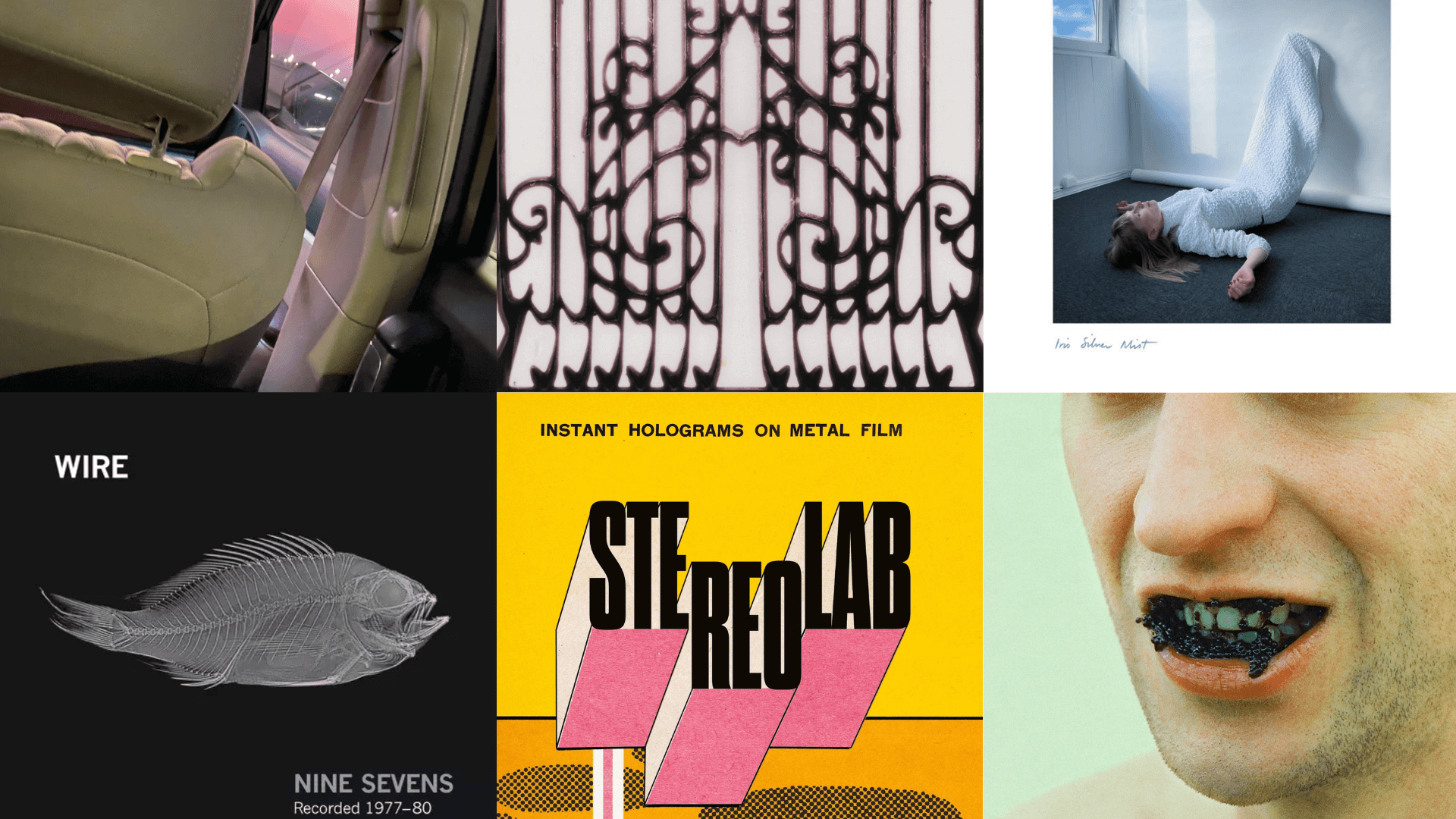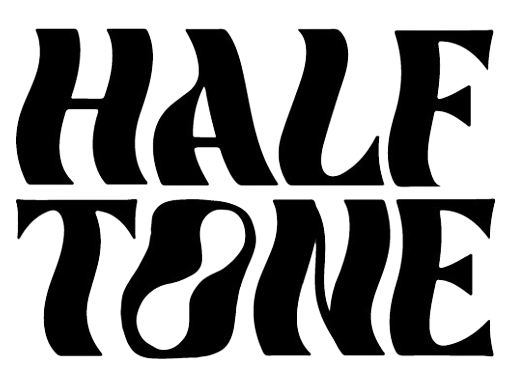
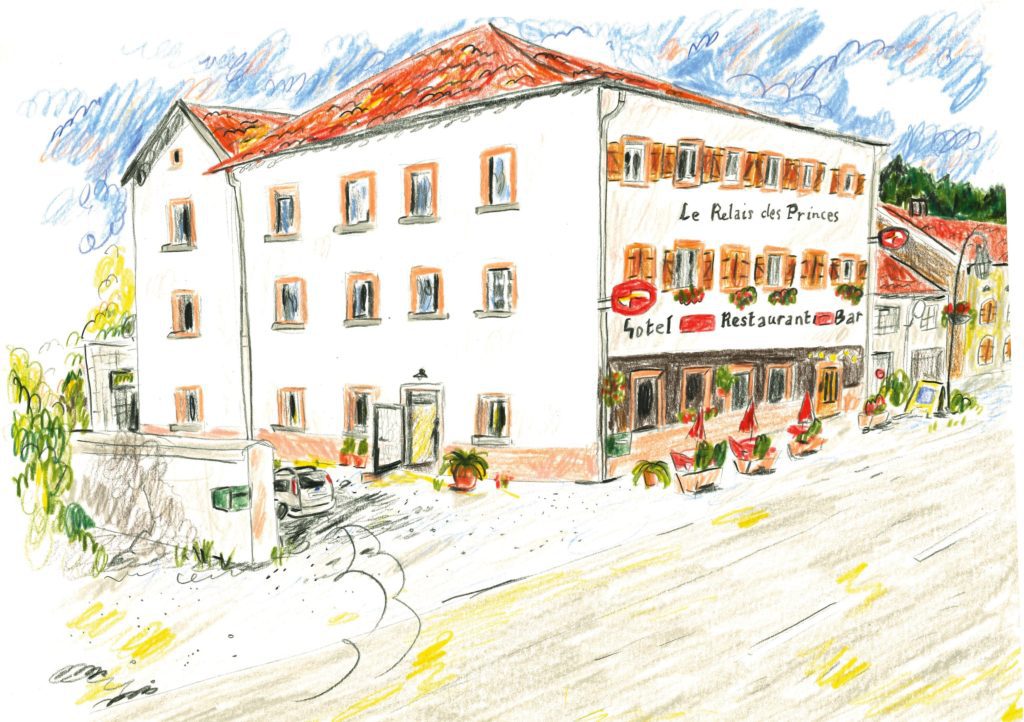
An interview with Amel Maïza, aka poumpita
Table of Contents
Introducing Amel Maïza, aka poumpita
In our interview with Amel Maïza, @poumpita, we focused on their project ‘Le Relais des Princes’, a comic strip set in the landscapes of the Vosges, a remote region of the east of France. Amel’s uncle, Boubou, was born in Algeria and decided to open a hotel-bar-restaurant in a small village in the Vosges. Through this place, Amel is exploring their own childhood, identity, friendships, but also the social dimension of the place and immigration. Read the interview to find out more!
Could you introduce yourself?
Amel Maïza: Hello! My name is Amel, I’m 22 and I study in Brussels. At the moment I mainly do illustration, comics and metal engraving. I’ve got a big autofiction comic book project about a place I often went to when I was a child, and which retraces the equivalent of two days in that place.
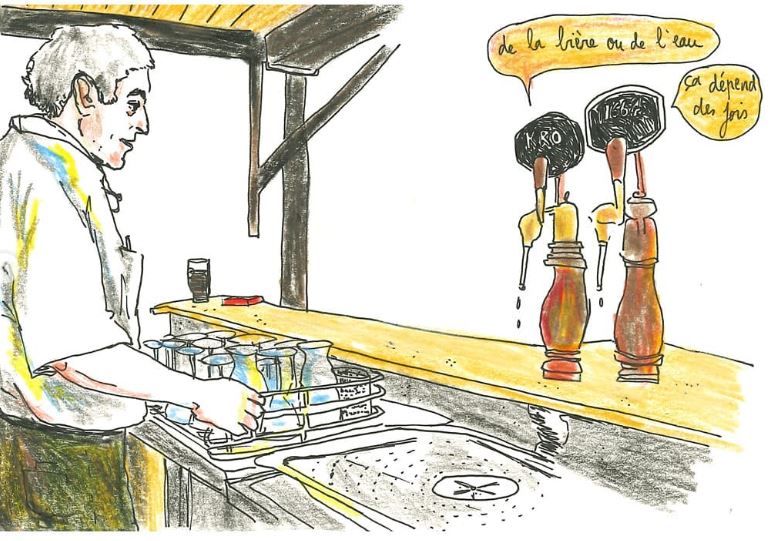
What is your biggest goal in art?
Amel Maïza: At the moment I’d say: finish my comic and get published (which is already ambitious!!), but in general for the future I’d say: be known and recognized for my work, or even generally speaking for the future I’d say: to be known and recognized for my work, and even…. to make a living out of itTo live off of it ????
Let's talk about the biggest project you are working on: 'Le Relais des Princes". Can you explain the project in simple words?
Amel Maïza: It’s about a hotel-bar-restaurant that a friend of my parents (Boubou) ran between 2003 and 2014. It’s about childhood, questions of identity (non-binary/trans-identity), friendship and partying, but it also evokes the social fractures in the valley, and the issue of immigration (particularly Algerian) in France in the 2000s. The story would be that of the cohabitation proposed by the hotel: that of childhood and the adult world, that of the family of friends who choose to gather here and the residents who live in the village-street. The cohabitation of the children who come to steal sweets and play hide-and-seek in the 13 rooms, the adults who sit at the bar at 10 in the morning with their first beer and those who look after the service, the laundry, the washing-up… The chiaroscuro found in the microcosm of the hotel but also in the forest that surrounds it. Something both magical and horrifying is going on in this part of France, in these stricken Vosges mountains.
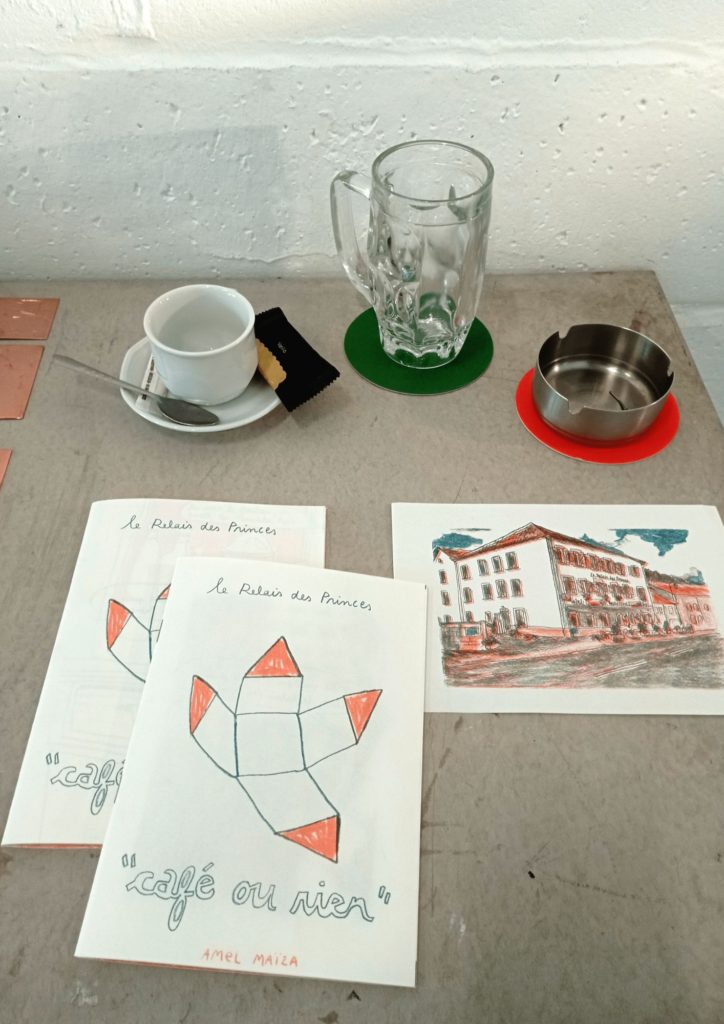
What drew you personally to this project (what does it mean to you on a deeper level)?
Amel Maïza: For me, this project is a kind of archive. When I started, my driving force was memory: I was afraid of forgetting. So little by little I interviewed people close to me and conducted around ten interviews that I transcribed in writing. I needed to build up the archives of this place, to understand the stories of the people who knew it, and even more: to know the history of the hotel itself. In December 2022, I had the opportunity to meet the former mayor of the village where the hotel was located. Together we reviewed the history of the place, its managers and owners, etc. None of this information is written down anywhere.
The Relais des Princes as I knew it was the 2000s in a remote hamlet, with Shakira playing on the square TV hanging next to the bar, endless snow every winter and the little red or yellow plastic shovels we use as sledges. It’s Secret Story season 1, Next, Castle in the Sky or Scary Movie 3, all sneaked onto the cathode-ray TV in Uncle Boubou’s bedroom. The carpet on the floor and the carpet on the wall, the mixtures of kiwi and grenadine syrups and the Kronenbourg coasters. Mum’s packets of Camel and Dad’s Pall Mall fags with drawings still on them, the Game Boy Colour, then the arrival of the DS, the internet, Superbus, the 2006 World Cup, German bikers and the 2008 economic crisis…
None of this information is written down anywhere, these are things that live on orally and somewhere along the line, once this project had started, I felt I had a responsibility to collect, write down and transcribe to leave a trace. Of course you can’t see all that in a comic strip, it’s just the tip of the iceberg. But for me it was important to start by gathering and collecting everything, and then just start telling the story and doing something with it. At the moment I’m mainly working on the first chapter of the comic, which is about childhood. It’s an important subject for me because I have a lot of affection for the child I was and that period of my life. I was asking myself a lot of questions about my identity and I think it’s great to be able to talk about it somewhere, so that maybe other people can recognise themselves in this story and it can open up the words.
How did you conduct research for gathering information and inspiration related to Le Relais des Princes?
Amel Maïza: It all started in 2020, when I was talking to a friend of my parents about the Relais des Princes. It didn’t take long before I wanted to collect more interviews, memories and anecdotes. It was a very lively place before 2008, with lots of people coming and going and parties… I wanted to find out more, to investigate how Boubou ended up in this godforsaken backwater running a roadside hotel, how he kept the business going for ten years or so, and how it ended. Why did he have to leave? How did it end? Lots of questions. I finally got the answers to all of them. I find it fascinating to dissect a place from every angle, to listen to every story related to that place, to reconstruct it. It’s my way of keeping Le Relais des Princes alive.
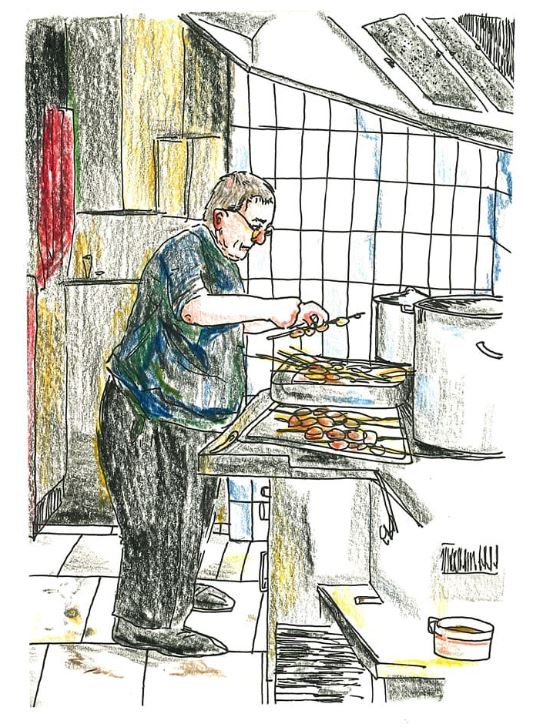
Can you share any insights into your creative decision-making process when translating written ideas into visual storytelling?
Amel Maïza: Sometimes I just have these impulses where I feel the need to tell things and draw, and until I’ve done that I can’t move on. I have a daily notebook in which I write and draw what I did during the day. It’s a lot of text but sometimes I’m more at ease with drawing, I interchange, I try to make it complete or so that there’s some kind of balance. It’s not very thought-out and it’s very spontaneous, but I think these diaries help me to move from an abstract idea to something concrete on paper. And I’d say that to go from a mental idea to a narrative in general, I mostly use text. I write down the idea in as much detail and precision as possible, then I cut it out action by action for the drawing. And I try and I fail and I try again, until I’m satisfied.
What are the biggest challenges when writing and drawing a first comic?
Amel Maïza: I would say that the most difficult thing is to accept that things are going to be changed again and again and again and again. That a first storyboard will never be definitive, and that it will certainly have to be redone many times. The hardest thing, in my opinion, is finding the right balance between text and images. It’s silly, but you can quickly fall into repetition between the two… And I think that the hardest thing of all is to understand that it’s a practice that requires an enormous amount of time, patience and hard work. It’s super cliché, but it’s almost like a journey of initiation. I learn a lot along the way and I make a lot of mistakes, but I feel like I’m making progress! (I’m in a shonen).
Is there any upcoming show/project we can promote for you?
Amel Maïza: yes! with my friend Léa, we started our illustration collective “La sieste collectif.ve”. We’ve already done a few riso editions to introduce our project. It’s a collective based on our friendship, our reunion and the fact that we really enjoy working together. Overall, the sieste collectif.ve is about taking a break from our hectic daily rhythms, taking time out, playing, taking care of the people and things we love. We launched on Sunday 24/03, and you can follow us on instagram at @sieste.collectifve to see photos of the event and our latest and upcoming projects!
Follow @poumpita and @sieste.collectifve on instagram to support Amel and their art!
Related Posts

